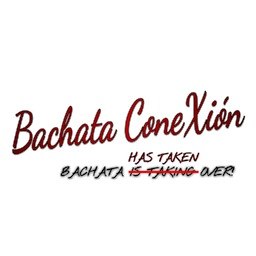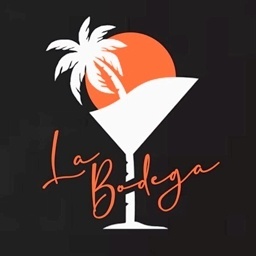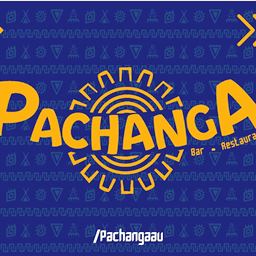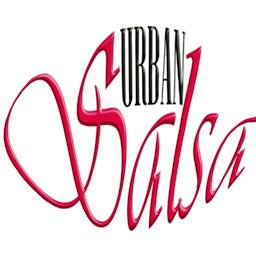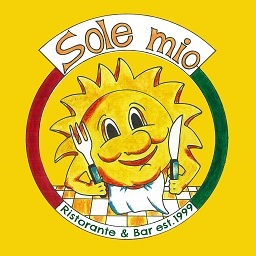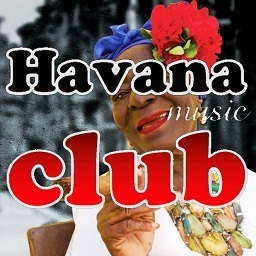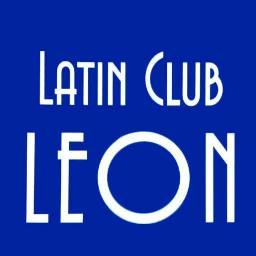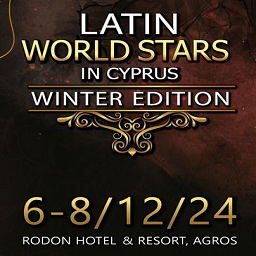Search Results for: Salsa
Asia / December 2024
Africa / December 2024
  |
North America / December 2024

UNITED STATESDIRECTORY OF NIGHTCLUBS |
||
| CALIFORNIA | FLORIDA | ILLINOIS |
| MICHIGAN | NEW JERSEY | NEW YORK |
| OHIO | PENNSYLVANIA | TEXAS |
| VIRGINIA | WASHINGTON | |
The best marimba band found in Los Angeles
Every day there are more Latin bands that leave the music of our countries in the highest and one of them is Marimba Tropical and the great talents who make up this group. To know a bit of this project, we have made contact with its current director and one of its founders, Lucas Critchfield, with whom we have been able to talk via email about his life and the group he leads.

Lucas’ beginnings in music and marimba
Like many other artists, he had an interest in music at a young age. In his particular case, he used to imitate animal sounds such as roosters, crows and other typical animals from the rural area of New Mexico, where he spent practically his entire childhood. In addition to that, he was always very curious about the Native American drums because of their particular sound, although this was not the first instrument he would play, but the bells.
When he joined the school band, Lucas wanted to play the drums, but first he had to play the bells for a while. He was in that band from sixth through twelfth grade and was also in his college marching band, which was his springboard to a more professional path in music.
Some time later, he managed to play in international bands Troopers and Santa Clara Vanguard Drum & Bugle Corps in the state of California, where he played quad drums for about five years and toured all over the United States.
His first contact with what would become his main instrument, the marimba, was in the University of New Mexico band, something that did not convince Lucas completely since he did not think he had the ability to take on a challenge like that. Fortunately, he dared to do so and did so well that, two years later, he became the leader of the band, which played the Mexican style and whose mentor, Steve Chavez, owned a multitude of Mexican marimbas.
By 1993, his father took him to Chiapas, Mexico, where he met numerous marimba makers and was encouraged to buy his first marimba to start playing marimba professionally.

Lucas’ first band
Lucas’ first band was Marimba Dulce in Albuquerque in around 1997. The group lasted 10 years and he shared the project with Mike Anaya on bass and Anthony Bacca on drums. At the same time, he studied music education and earned a master’s degree in percussion.
In addition to all that, he was also fortunate enough to play with steel drum bands, reggae groups, symphonic orchestras, among many others.
Back in 2008, he also taught music classes in high school and middle school and did the same in the state of California, where he would return to teach percussion in elementary schools.
Marimba Tropical’s founding
The group Lucas created and currently leads receives is called Marimba Tropical, which was founded in 2009 and short-lived because of the difficulties of a nascent group without many resources to stay in the market for a long time. It all started with Lucas meeting a couple of musicians in the Pacific Crest Drum & Bugle Corps, with whom he got to play at some dive clubs and at blues festivals.
In those years, they did not have a large repertoire, so they did repetitive shows and even repeated several songs in the same concert, so sometimes they did not get a chance to eat. Group’s conditions were not the best, so Lucas and the young musicians who accompanied him did not have a very good time and it was very difficult for them to take the project forward.
Years later, specifically in 2015, the band became a duo only composed of Lucas and his partner Jasenia Ruvalcaba Morningstar, who is a Southern California native, plays the bootom of the marimba and also the maracas, the güiro and the flute. She is also a music teacher.

While both Lucas and Jasenia are the key players in the group, they also have Aaron Leutwiler in San Diego, while talented musicians Nancy Guzman and Horacio Peralta support them in Los Angeles when they are busy with other commitments.
What Lucas aspires to achieve from Marimba Tropical in the future is to spread love to the marimba as much as he can and to make it as common in the United States as it is now in Chiapas, Oaxaca and Central America. Similarly, the artist wants to keep offering memories to the natives of these places, whose smiles when he plays ”Las Mañanitas” make him feel very honored to be able to represent so many places at the same time.
Read also: ‘‘La Chiqui Some’’ and ‘’El Some’’ in International Salsa Magazine


